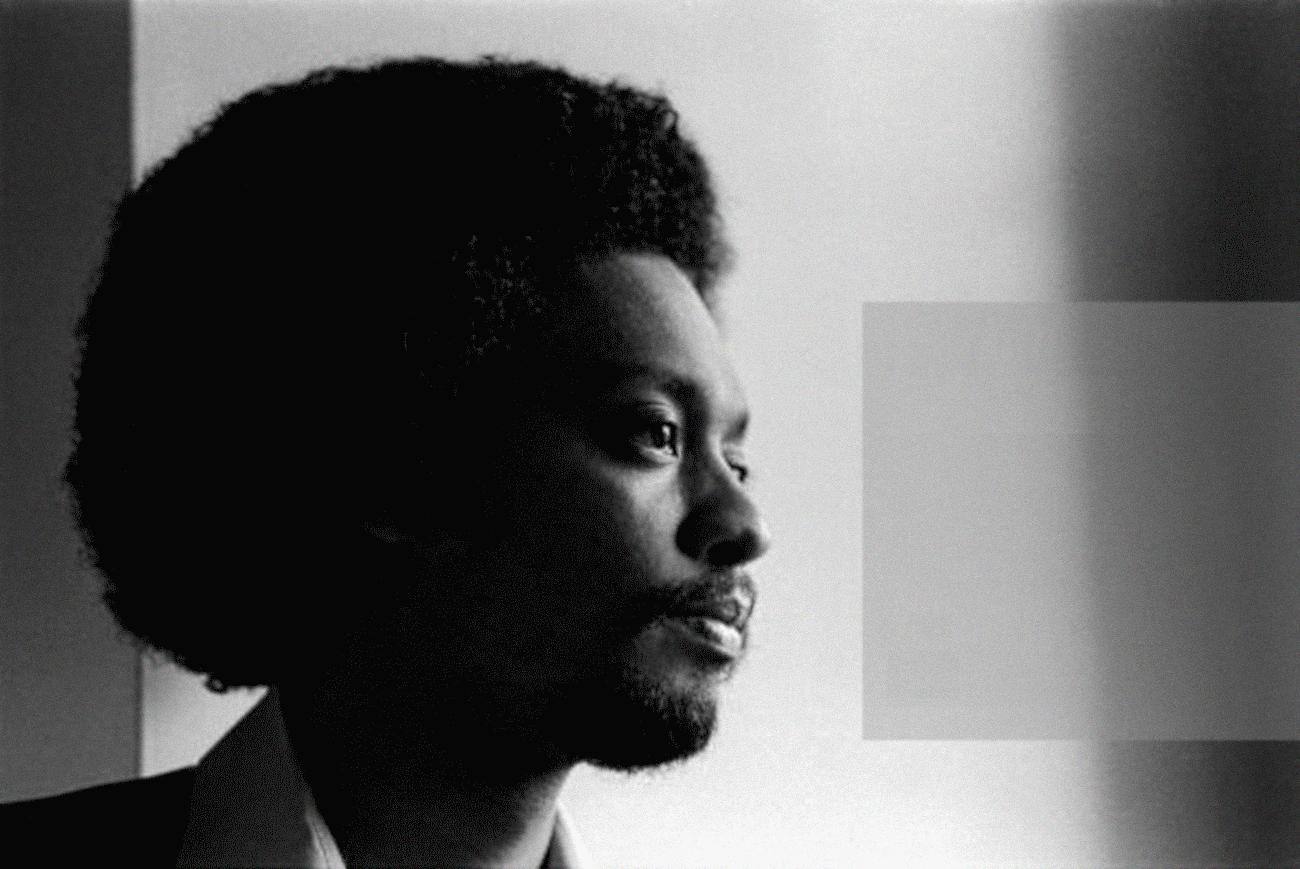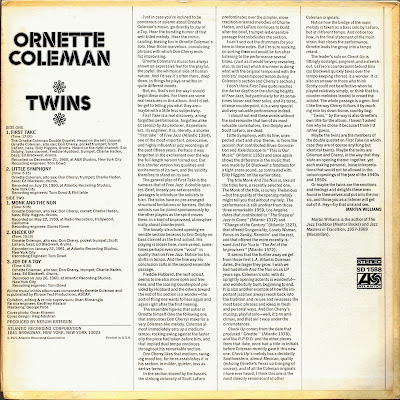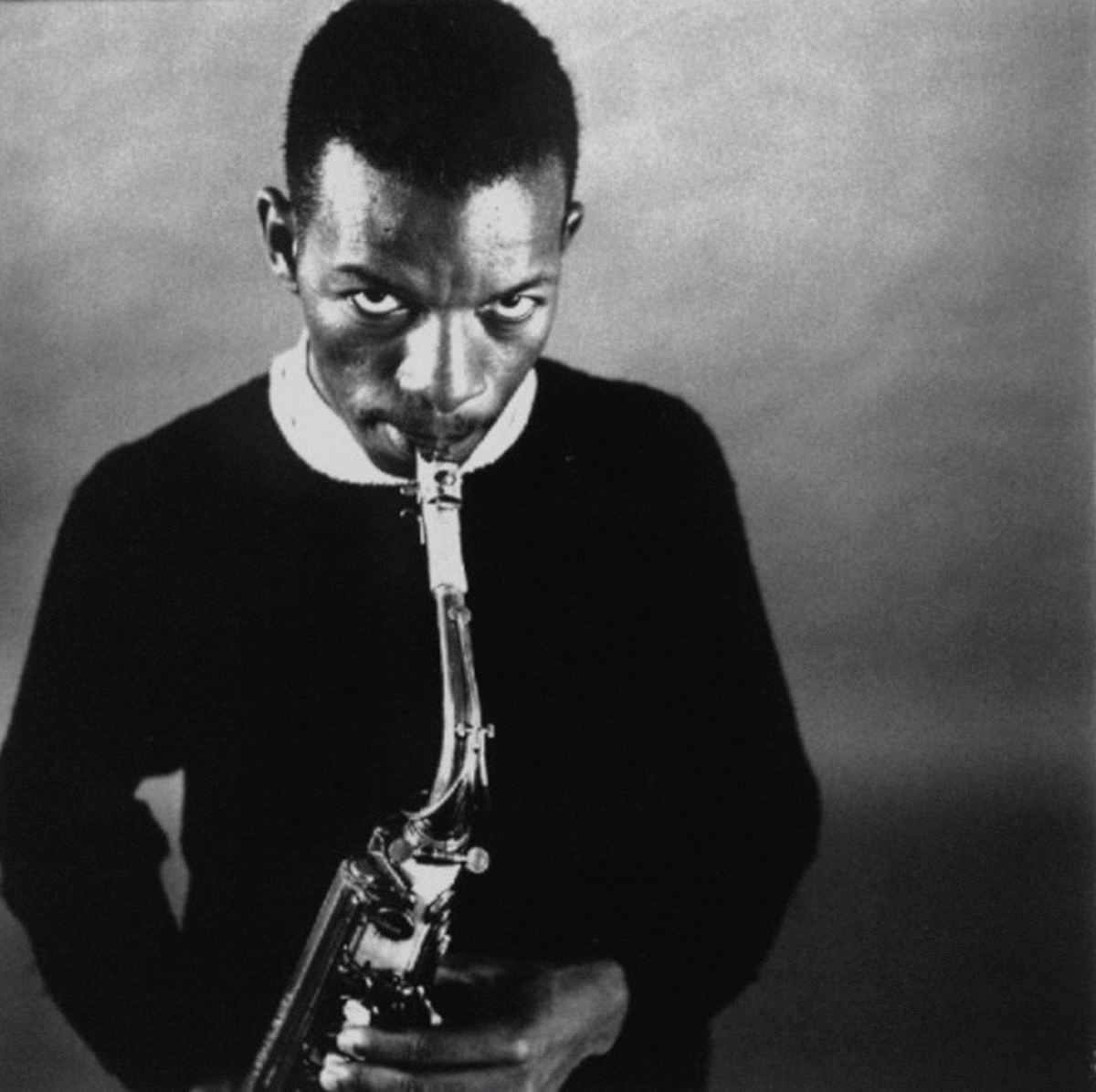LP cover originally released in 1971
Label: Atlantic – SD 1588
Format: Vinyl, LP, Album, Stereo, 180 Gram; Country: US - Released: 1971
Style: Free Jazz, Hard Bop
"First Take" recorded on December 21, 1960, at A&R Studios, New York City.
"Little Symphony" recorded on July 19, 1960, at Atlantic Recording Studios, New York City.
"Monk And The Nun" recorded on May 22, 1959, at Radio Recorders, Hollywood, California.
"Check Up" recorded on January 31, 1961, at Atlantic Recording Studios, New York City.
"Joy Of A Toy" recorded on July 26, 1960, at Atlantic Recording Studios, New York City.
Design [Cover Design] – Haig Adishian
Photography [Cover Photo] – Omar Kharem Producer – Nesuhi Ertegun
Design [Cover Design] – Haig Adishian
Liner Notes – Martin Williams
Mastered By – George Piros
Mixed By [Re-mix Engineer] – Geoffrey Haslam
"Ornette Coleman's music has always shown an expressive feel for the playful, the joyful, the whimsical side of human nature. And I'd say it's often there, deep down, in things he plays or writes in quite different moods." _ Martin Williams
A1 -
First Take ........................................................................
17:00
A2 -
Little Symphony ................................................................
5:15
B1 -
Monk And The Nun ..........................................................
5:56
B2 -
Check Up ........................................................................
10:11
B3 -
Joy Of A Toy .....................................................................
4:40
Artists on Check Up : DON CHERRY (cor), ORNETTE COLEMAN (as), SCOTT LaFARO (b), ED BLACKWELL (d), recorded NYC, January 31, 1961. Recording Engineer Tom Dowd.
Other tracks: DON CHERRY (pocket tp), FREDDIE HUBBARD (tp), ERIC DOLPHY (bcl), ORNETTE COLEMAN (as), CHARLIE HADEN, SCOTT LaFARO (b) ED BLACKWELL, BILLY HIGGINS (d), sessions May 22, 1959, July 19, July 26, December 21, 1960.
Ornette Coleman
Freddie Hubbard
Ornette Coleman's Twins (first issued on LP in 1971) has been looked at as an afterthought in many respects. A collection of sessions from 1959, 1960, and 1961 with different bands, they are allegedly takes from vinyl LP sessions commercially limited at that time to 40 minutes on vinyl, and not initially released until many years later. Connoisseurs consider this one of his better recordings in that it offers an overview of what Coleman was thinking in those pivotal years of the free bop movement rather than the concentrated efforts of The Art of the Improvisers, Change of the Century, The Shape of Jazz to Come, This Is Our Music, and of course the pivotal Free Jazz. There are three most definitive selections that define Coleman's sound and concept. "Monk & the Nun" is angular like Thelonious Monk, soulful as spiritualism, and golden with the rhythm team of bassist Charlie Haden and drummer Billy Higgins driving the sweet and sour alto sax of Coleman and piquant trumpeting of Don Cherry. "Check Up" is a wild roller coaster ride, mixing meters, tempos, and dynamics in a blender in an unforgettable display of sheer virtuosity, and featuring bassist Scott LaFaro. "Joy of a Toy" displays the playful Ornette Coleman in interval leaps, complicated bungee jumps, in many ways whimsical but not undecipherable. It is one of the most intriguing of all of Coleman's compositions. Less essential, "First Take" showcases his double quartet in a churning composition left off the original release This Is Our Music, loaded with interplay as a showcase for a precocious young trumpeter named Freddie Hubbard, the ribald bass clarinet of Eric Dolphy, and the first appearance with Coleman's groups for New Orleans drummer Ed Blackwell. "Little Symphony" has a great written line with room for solos in a joyful hard bop center with the quartet of Coleman, Cherry, Haden, and Blackwell. All in all an excellent outing for Coleman from a hodgepodge of recordings that gives a broader view of his vision and the music that would come later in the '60s.
Review by MICHAEL G. NASTOS
If you find it, buy this album!










































